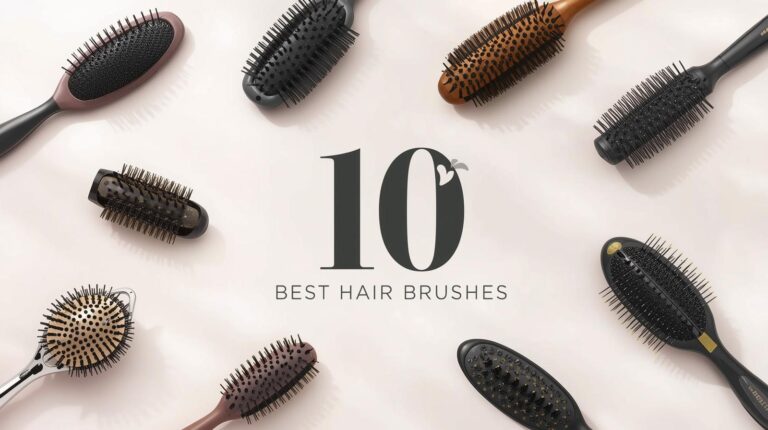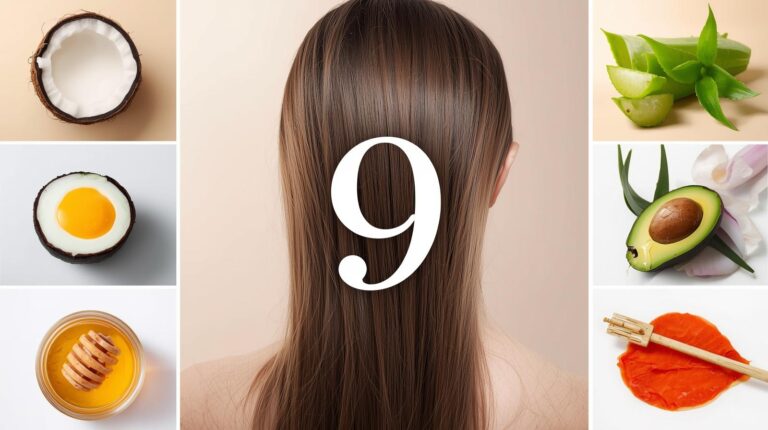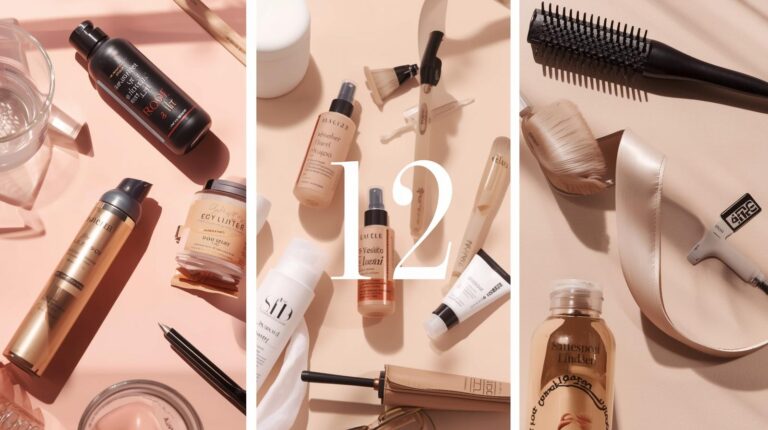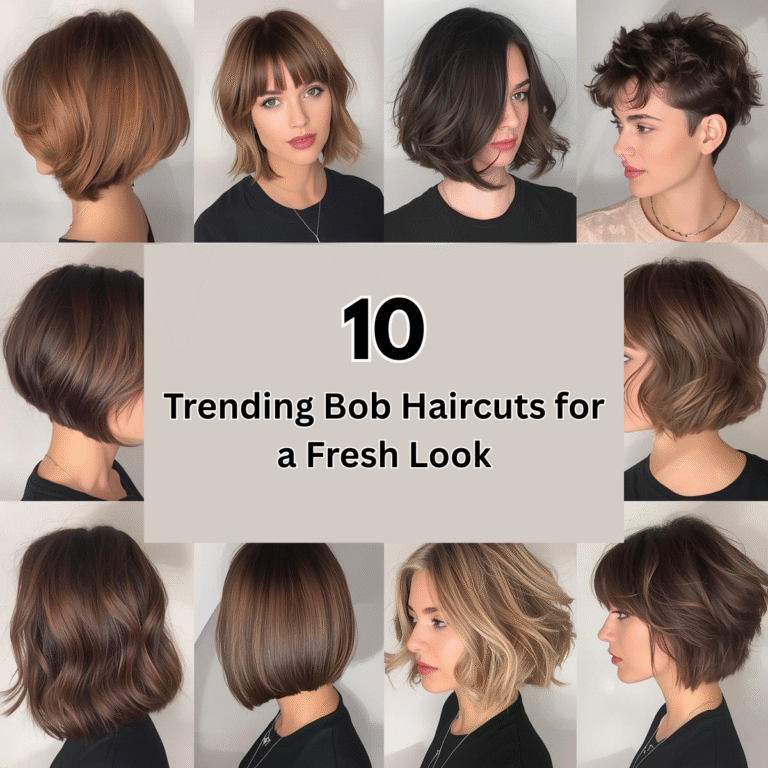10 Hair Myths Women with Thin Hair Should Stop Believing
If you have thin hair, you’ve probably heard plenty of “advice” — from not washing your hair too often to cutting it short to make it grow faster. But not everything you hear about thin hair is true. In fact, many so-called tips do more harm than good.
It’s time to separate fact from fiction. Here are 10 common hair myths women with thin hair should stop believing — and the truth behind them.
1. Myth: Cutting Your Hair Frequently Makes It Grow Faster
Truth: Hair growth happens at the scalp, not the ends. Regular trims won’t speed up growth — but they do help prevent split ends and breakage. Trimming every 6–8 weeks keeps thin hair healthy and stops damage from traveling up the strand, making it appear thicker and more polished.
2. Myth: You Should Wash Thin Hair as Little as Possible
Truth: Thin hair tends to get greasy faster because natural oils spread more easily on fine strands. Washing less often can lead to limp, oily roots and clogged follicles. The key is balance — use a gentle, volumizing shampoo 2–3 times a week to keep your scalp fresh and your hair bouncy.
3. Myth: Heat Styling Is the Only Way to Add Volume
Truth: You don’t need to rely on curling irons or blow-dryers to achieve lift. Heat can actually weaken thin strands over time. Instead, try heatless styling techniques like braiding damp hair overnight or using foam rollers for natural volume. Finish with a light volumizing spray for lasting lift — no heat required.
4. Myth: All Oils Are Bad for Thin Hair
Truth: While heavy oils can weigh down fine strands, lightweight oils like argan, jojoba, or grapeseed can actually nourish without greasiness. The trick is to use only a drop or two on the ends, not the roots. These oils protect your hair from dryness and keep it shiny and healthy.
5. Myth: Thin Hair Should Always Be Kept Short
Truth: Short cuts can make hair look thicker, but that doesn’t mean you can’t wear it long. The secret is in the cut, not the length. Layered lobs, feathered ends, and textured long cuts add movement and fullness. Ask your stylist for layers that create dimension, not weight.
6. Myth: Brushing Your Hair 100 Times a Day Makes It Healthier
Truth: Over-brushing actually causes more harm than good — especially for thin, fragile hair. Excessive brushing leads to breakage and frizz. Instead, use a wide-tooth comb to gently detangle, starting from the ends and working your way up. A few careful strokes are enough to distribute natural oils evenly.
7. Myth: You Should Skip Conditioner to Avoid Flat Hair
Truth: Conditioner is essential — even for thin hair. The key is using a lightweight, volumizing formula and applying it only from mid-length to ends. This keeps your strands hydrated and smooth without weighing them down. Skipping conditioner can make your hair brittle and more prone to breakage.
8. Myth: Coloring Hair Always Damages It
Truth: Modern coloring techniques and high-quality products can actually make thin hair look thicker and more dimensional. Subtle highlights or lowlights add depth and movement. Just ensure your stylist uses ammonia-free dyes and always follow up with a deep-conditioning treatment to keep hair strong.
9. Myth: Hair Products Can Permanently Thicken Thin Hair
Truth: No product can change your natural hair thickness — but the right ones can enhance what you have. Volumizing mousses, root-lifting sprays, and thickening shampoos temporarily coat each strand, giving the illusion of fullness. Consistent use of nourishing treatments helps maintain long-term strength.
10. Myth: Hair Fall Means You’ll Go Bald
Truth: Shedding 50–100 strands a day is perfectly normal. It’s part of your natural hair cycle. However, if you’re noticing excessive shedding, it may be linked to stress, diet, or hormonal changes — not necessarily permanent hair loss. Consult a dermatologist or trichologist for a personalized plan if you’re concerned.
Final Thoughts
Thin hair needs care, not constant worry. By letting go of these 10 common myths, you’ll make better choices that support your hair’s natural health and beauty. Focus on consistency — gentle washing, smart styling, and nourishing products — rather than quick fixes or hearsay advice.
When you understand your hair, you’ll realize it doesn’t need to follow every rule — just the right ones that let it shine naturally.






